Caribou, the cornerstone of Trevali’s zinc strategy
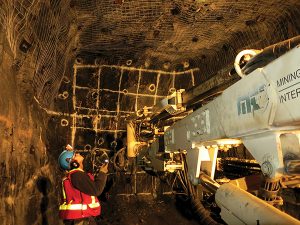
Underground development at Trevali Mining’s Caribou mine in New Brunswick.
CREDIT: TREVALI MINING
For half a century – from 1958 till 2008 – several companies took a run at mining the polymetallic Caribou deposit in northeastern New Brunswick, which hosts zinc, lead, copper, silver and gold. But for one reason or another, either low commodity prices or inappropriate technology, none succeeded in the long run. The prospects appear much more favorable for the most recent owner-operator – Vancouver-based Trevali Mining.
Trevali has the right technology for milling the extremely fine grade ore and zinc – the predominant mineral in the ore – is in short supply while demand is strong and growing. Equally important, though, the Caribou mine is the cornerstone of the company’s strategy of becoming one of the world’s leading producers of zinc – a vitally important base metal.
Indeed, Trevali vaulted from Canadian junior producer to top 10 globally last month when it acquired an 80% interest in the Rosh Pinah mine in Namibia and a 90% stake in the Perkoa mine in Burkina Faso from Glencore. Both mines produce zinc.
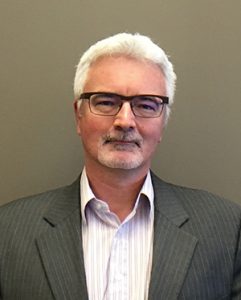
Mark Cruise
“We have more than doubled our zinc production with the closing of those acquisitions,” says Trevali president and chief executive officer Mark Cruise. “We’re now the eighth largest zinc producer globally and given that 85 to 90 per cent of our revenue is from zinc, we are the world’s largest pure-play listed zinc company.”
Trevali acquired the underground Caribou mine, located 50 km west of Bathurst, N.B., in 2012 and declared commercial production in July 2016. The company invested between $80 and $90 million to put the property into production, but Cruise notes that that was about half what it would have cost to develop a green field discovery.
Trevali inherited about 13 km of underground workings and a shaft that descends to 500 metres below surface. For the time being, the company is relying on ramp access to move men and equipment into the mine and to haul the ore out. However, the ramp and tunnels were constructed to accommodate 30-tonne trucks and Trevali enlarged them to enable 42-tonne trucks.
The 3,000-tonne-per-day mill also required upgrading. “The mill was built over three main periods,” says Cruise. “It was a bit of a Frankenstein, to be honest. Each mining company tweaked bits and pieces so you had a variety of standards, whether it was piping or pumping.”
Trevali updated the piping and pumping and built a new SAG mill which grinds the rock to particles measuring 30 microns.
That is fine enough for typical zinc-bearing ores. However, the Caribou mine’s polymetallic ore must be ground even finer in order to separate the lead from the zinc.
So it’s ground a second time in an IsaMill grinder – a technology developed in Australia in the early 1990s and now used by 40 different companies in 20 countries. It grinds the ore down to 10 to 15 microns. “It’s almost like talcum powder,” Cruise says. “It’s that fine. That’s what we need to do to liberate the metal.”
The Caribou mine currently has a projected lifespan of six years based on a measured and indicated resource of 7.2 million tonnes and an inferred resource of 3.6 million tonnes. The ore currently being mined averages 7% zinc, 2.8-3% lead, 0.3-0.4% copper, and 60-80 g/t silver as well as 1 g/t of gold.
“It’s a true polymetallic deposit,” Cruise says. “We only produce two saleable products at the moment, a zinc concentrate and a lead-silver concentrate. We’re looking at lab-based tests or pilot-plant testing to see if we can produce a copper-gold concentrate.”
Trevali is currently conducting exploratory drilling at the Caribou deposit and all indications are that it is open at depth.
The company also owns two other nearby advanced exploration properties – the Halfmile mine and the Stratmat – that could significantly extend the life of the camp since both are within trucking distance of the Caribou mill.
Trevali will be releasing advanced engineering studies on both in late September. The Halfmile property contains indicated resources of 6.3 million tonnes grading 8.13% zinc, 2.58% lead, 0.22% copper and 30.8 g/t silver (plus 6 million tonnes of inferred resources at slightly lower grades) and is open at depth. Stratmat contains indicated resources of 4.7 million tonnes grading 5.31% zinc, 2.07% lead, 0.41% copper, 48.5 g/t silver and 0.6 g/t gold (plus 2.4 million inferred tonnes at similar grades).
The company also owns the small satellite Restigouche mine and plans to put it into production in the second half of 2018.
It is only 20 km from the Caribou mine and ore can be transported by truck on paved road to Caribou for processing.
“We’ve got the only active mine in the Bathurst camp,” Cruise says. “Our hope is that all the deposits remain open for expansion. It allows us to take a longer-term view of the business than has been the case previously.”
And the company’s timing couldn’t be better. Zinc is currently trading at a 10-year high and Cruise believes that the rally has just begun. The commodity is in short supply, largely due to a shortage of funds for exploration and development for the past 15 to 20 years.
At the same time, demand has been increasing. Zinc has long been used primarily as an anti-corrosion agent in automobiles, appliances, infrastructure and steel rebar, among other things, but new uses are emerging. Zinc is now being added to fertilizers and has been shown to increase yields by 20-30%. As a result, farmers are using more fertilizers containing zinc every year. New research is also showing that zinc-based batteries may be safer and more stable than the lithium batteries that currently dominate the market.
“That’s why we think this zinc rally could be stronger for longer,” Cruise explains. “We’re well-positioned to develop our mines, grow the company and take advantage of growing demand for the commodity.”
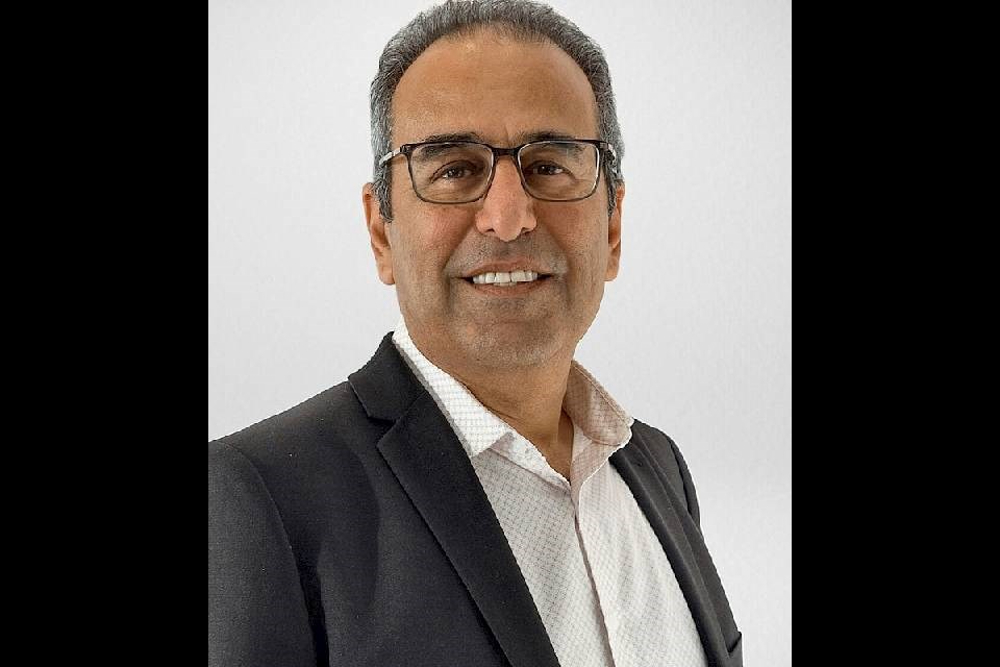
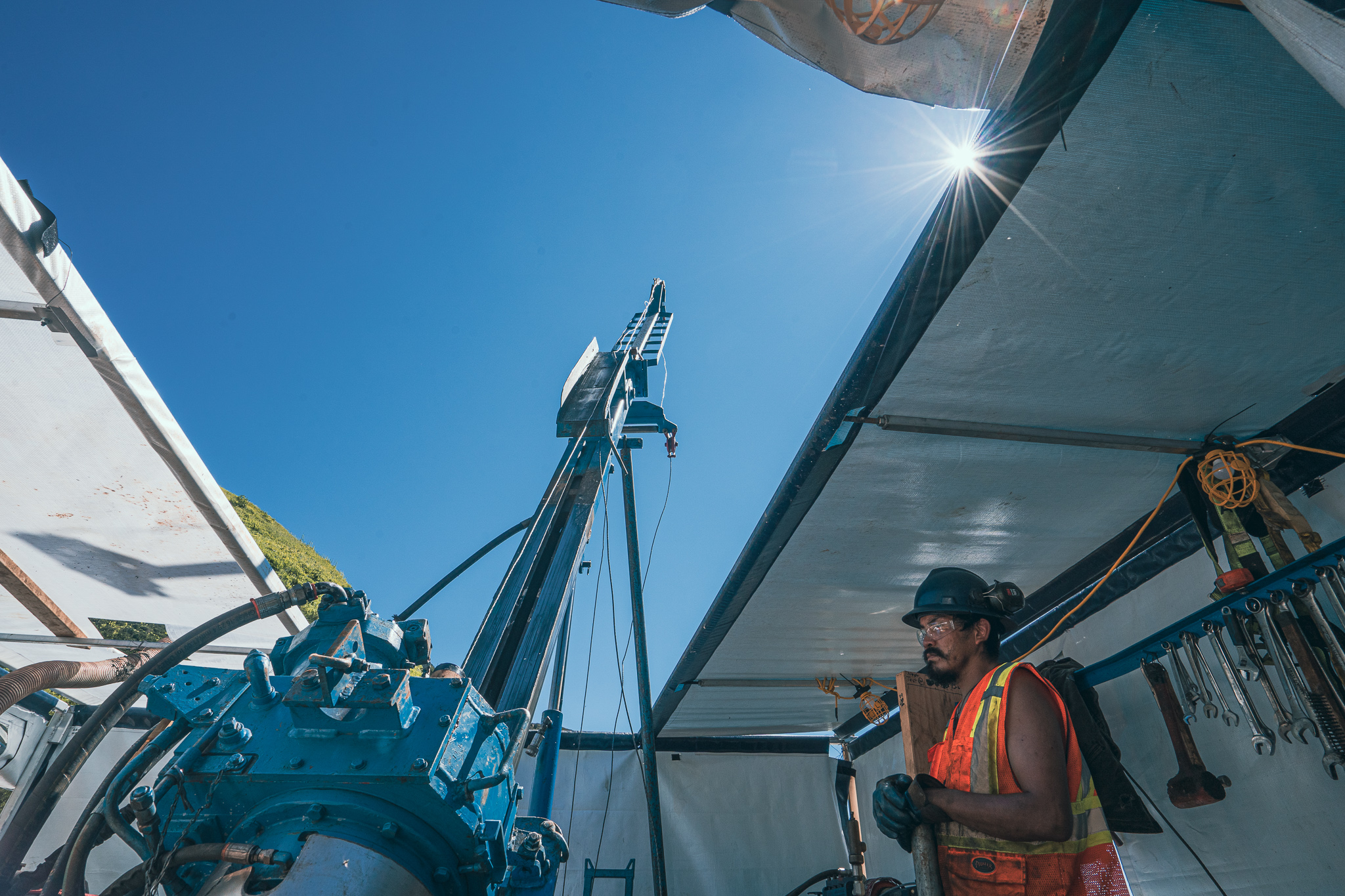

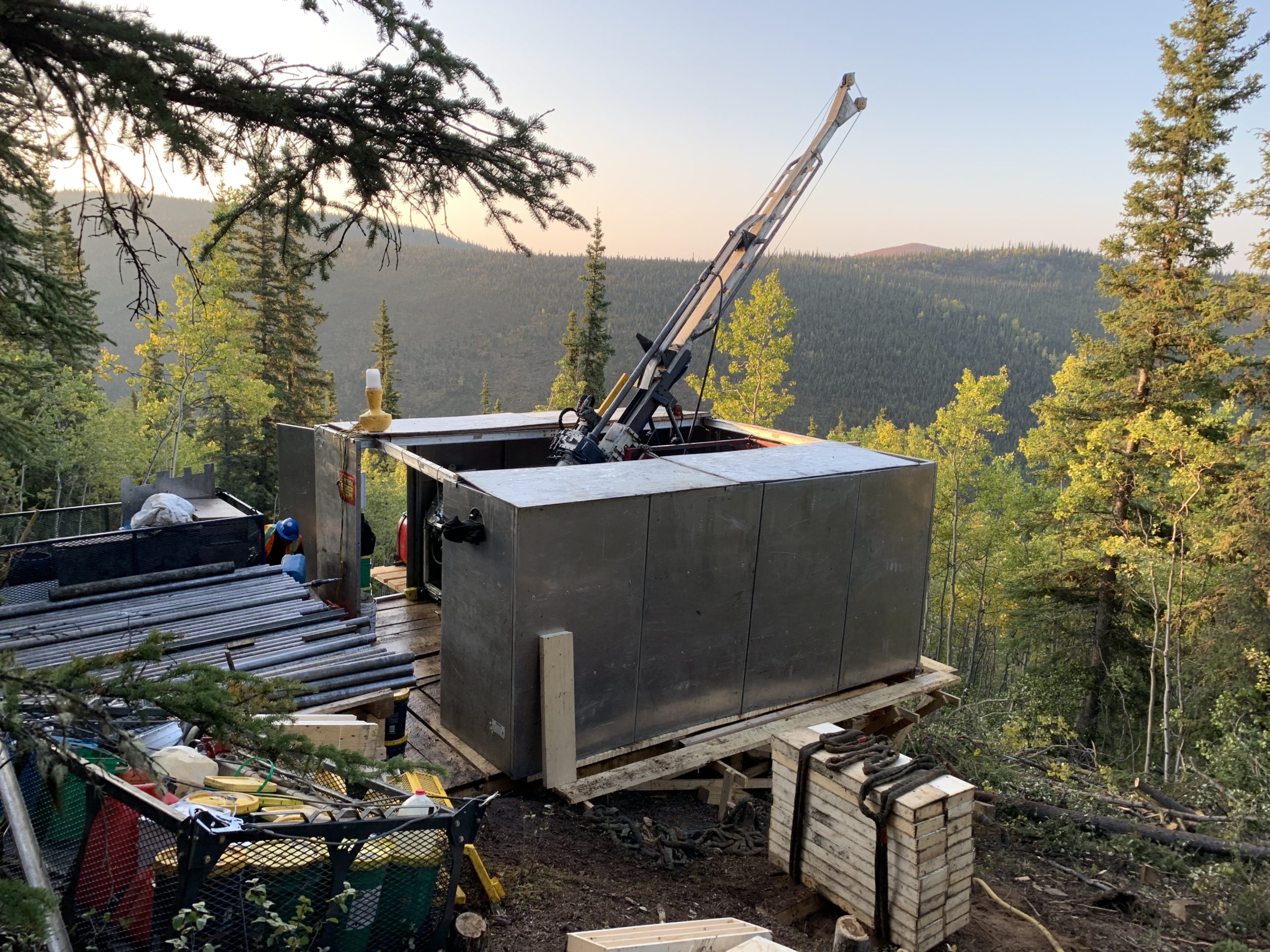
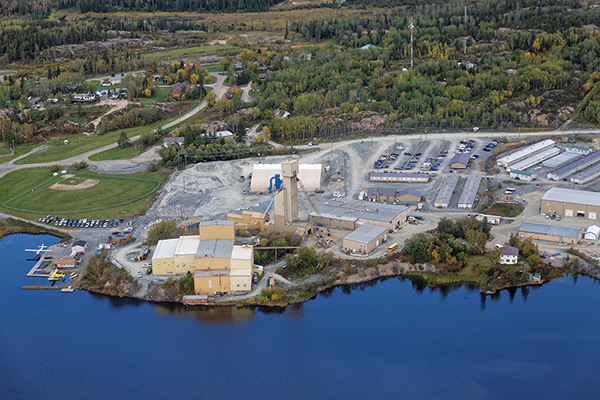
Comments